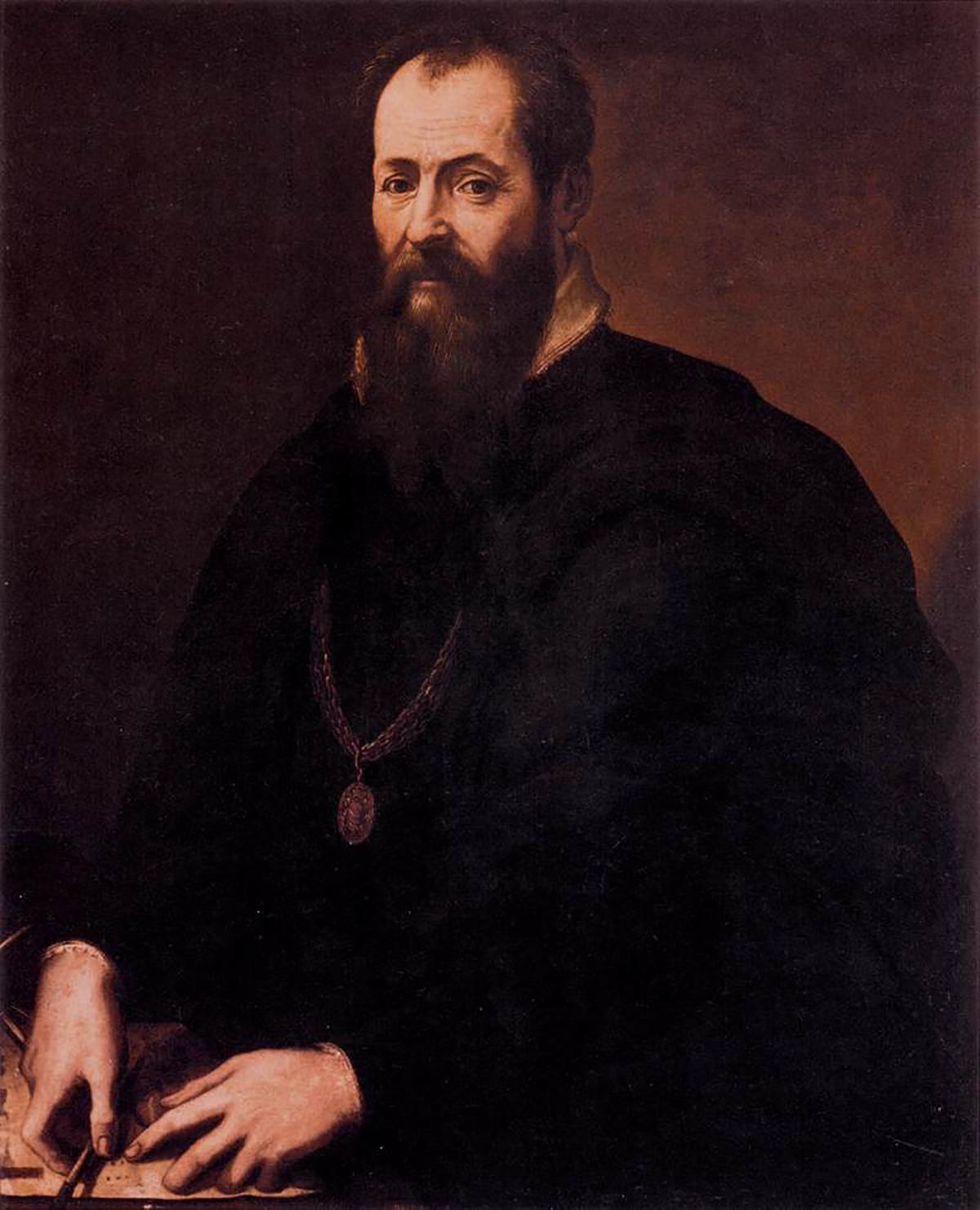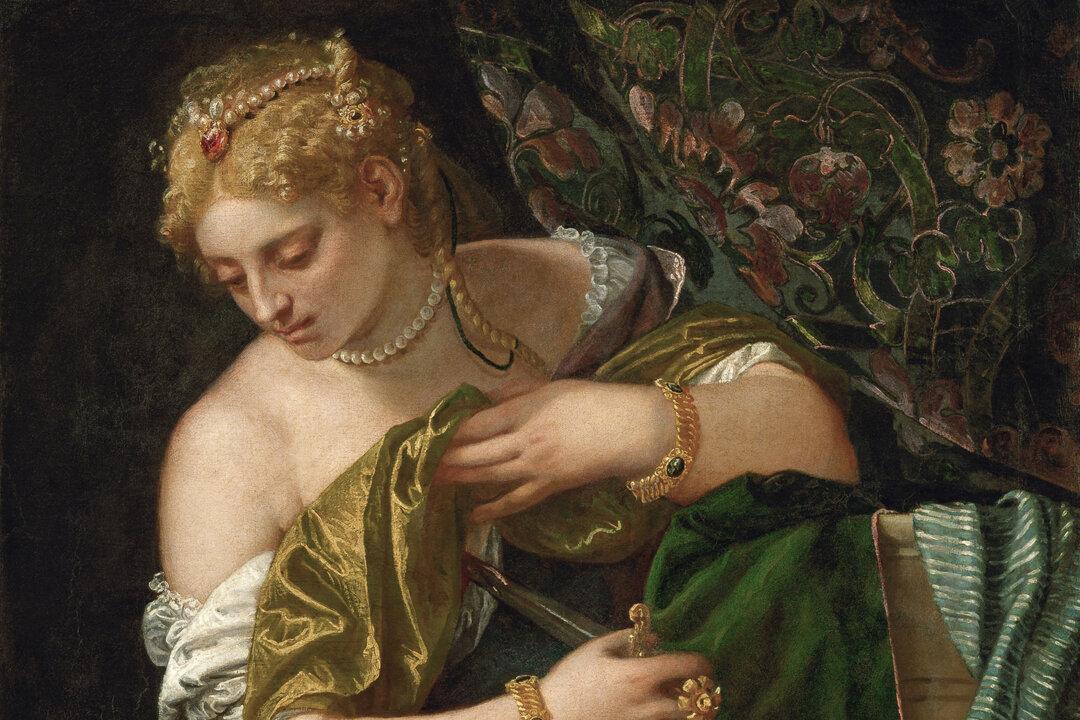Those interested in Renaissance art will soon become familiar with the name Giorgio Vasari, Florentine architect, artist, and art historian. His 1568 compilation, “Lives of the Most Excellent Painters, Sculptors, and Architects,” is the most important written source for the artistic history of the period. Many of 16th-century Italy’s leading artists were among his friends and acquaintances. Included in his circle were numerous friends who had known their 15th-century predecessors.

Vasari has been credited with creating the idea of the Renaissance. He even initiated the term “Renaissance” (rebirth), which can be described as a restoration of strict classicism defined by two characteristics: the acceptance of ancient Greek and Roman aesthetics and the belief that these ideals should form the basic reference point of art.
Vasari wrote that Giotto, the 14th-century Italian artist, launched a “rebirth” of art. Giotto’s work inspired the innovations in art that became the Renaissance style a century later. Jules Michelet, a 19th-century French historian, later extended the term to include paintings, sculpture, and architecture created in Italy during the periods spanning the “quattrocento” (1400–1500) and “cinquecento” (1500–1600).
Vasari’s articulation of classicist principles in his “Lives” also established him as a leading artist theorist—and his influence wasn’t limited to the strict classicist school. Many Renaissance artists were actually “semi-classicists.” Early artists of the period mixed aspects of classicist and medieval aesthetics. Others used elements of classicism as tools in the service of obtaining the superlative, refined realism seen during the late period of the High Renaissance. Artists continued to work in these traditions long after the Renaissance ended. These semi-classicists often relied on Vasari as an important source of theory.
Vasari the Painter

A sense of Vasari’s artistic skill can be gained by comparing his “Christ Carrying the Cross” (circa 1555–64) with a composition of that same event by Titian, a 16th-century Italian artist celebrated as the greatest Venetian painter.
Titian’s work communicates a sense of tragedy and physical strain that is absent from Vasari’s; Christ’s face has an emotional intensity that Vasari didn’t match. However, a closer inspection reveals that Vasari’s painting is superior in one way: anatomical detailing. The contours of Christ’s arm are masterful, with muscles and veins visible through the skin. Strands of hair, knuckles, and folds of clothing are likewise depicted with equal precision.
“Christ Carrying the Cross” was among Vasari’s best works. Titian ranks among the greatest artistic geniuses of all time. For Vasari to paint a few works with some features superior to artists such as Titian required rare ability.

The Shadow of the Giants
Why, then, is so famous a man as Vasari so forgotten as an artist? In part, ironically, for the same reason he is famous. No other period of history has seen such a multitude of artistic giants as the mid-15th to the mid-17th century. Being close to the heart of artistic life in the 16th century allowed Vasari to compile historical records of tremendous importance. But it also meant painting in the shadow of the men whose lives he chronicled. Only in such an era would a man of Vasari’s abilities fail to rank among the more notable artists of his day.A further irony is that Vasari’s “Lives” actually undermined his reputation as an artist. Shorter biographies often indicated an artist’s lesser importance or the lack of information. Vasari’s autobiography is one of the shortest. A self-publicist would have used the compilation to enhance his reputation. Vasari humbly presented himself as less than he was.
A final factor is that history best remembers artists who break new ground. This can mean developing techniques that allow greater beauty or greater realism. It can mean stylistic innovation. Vasari had the rare enough gift of creating first-class works with existing techniques and styles. His accomplishments expertly put into practice lessons learned from geniuses like Leonardo da Vinci, Michelangelo, and Raphael.
That skill, however, was enough to surpass most works painted before the late 15th century. Earlier painters like Giotto and Fra Angelico, Masaccio, and Jan van Eyck couldn’t benefit from the same lessons. Therefore, their works were inevitably less developed. But each of them had taken painting to heights not previously reached. Vasari, despite considerable skill, did not. The difference comes down to exceptional creativity versus creative genius, and great technical ability versus innovative brilliance.
Art enthusiasts rightly reserve their highest esteem for the creative geniuses and the brilliant innovators. The fact that artists can attain excellence without rising to superlative greatness is too easily ignored. Vasari was among those who attained such “lesser excellence.” Viewed in itself, his body of artwork is a tremendous achievement. The value of that work—and the extent of Vasari’s total contribution to the world of art—deserves to be more widely recognized.





